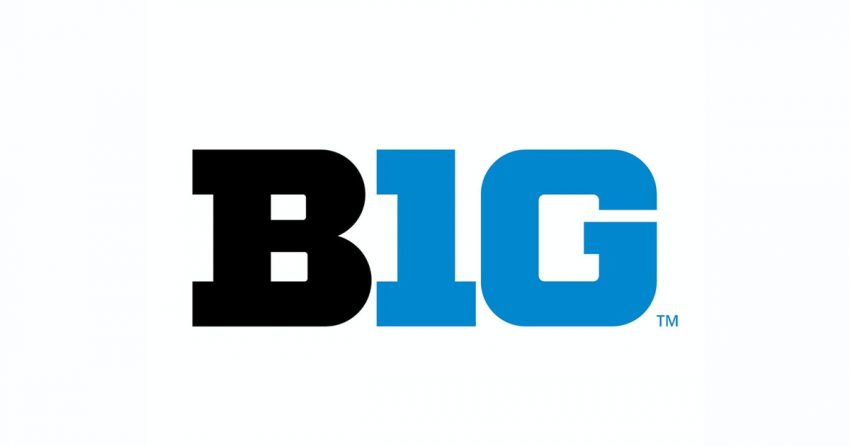The Big Ten Conference’s plan to finalize a $2.4 billion private equity deal has hit turbulence, as resistance grows among key member schools — particularly Michigan and USC. The proposed agreement with the University of California’s pension investment arm (UC Investments) would mark an unprecedented financial move in college sports, creating new power dynamics both on and off the field.
What the Deal Includes
The proposal — years in the making — outlines a 20-year partnership between the Big Ten and UC Investments. The pension fund would inject $2.4 billion into the conference through uneven upfront payments averaging about $135–$140 million per school. In return, the Big Ten would:
- Extend its grant of rights through 2046,
- Launch a new business unit, Big Ten Enterprises,
- And adjust revenue distribution, giving three major programs a slightly higher payout.
It’s a deal that blends Wall Street financing with collegiate tradition, potentially reshaping how college conferences handle long-term revenue generation.
Why Michigan and USC Are Pumping the Brakes
The backlash emerged last weekend in Los Angeles, where Michigan and USC faced off on the field — and behind closed doors. While the Trojans won 31–13, the real intrigue happened at high-end gatherings across L.A.
According to Yahoo Sports’ Ross Dellenger, board members and major donors from both universities voiced skepticism. One Michigan regent told Dellenger, “We don’t have any reason why we need to do this particular deal.” Another added, “The more people understand this, the more people have questions.”
Insiders say both schools’ governing boards — especially USC’s board of trustees — are hesitant to commit to such a long-term financial structure. Their opposition, if sustained, could delay or even derail the proposal entirely.
The Stakes for the Big Ten
If finalized, this deal could create a seismic shift in college athletics, providing the Big Ten with massive capital to fuel media expansion, facility growth, and NIL initiatives. But dissent from two of its most powerful brands — both critical to the conference’s West Coast footprint — raises tough questions about unity and control.
Could the other 16 member schools move forward without Michigan and USC? Possibly, but doing so could fracture the conference’s solidarity just as it enters a new era of national reach and media dominance.
What’s Next
As of this week, the Big Ten’s executive leadership and university presidents are still debating whether to approve the capital infusion. The deal’s complexity — and the growing list of internal concerns — suggests a decision might not come as swiftly as expected.
Whether this bold investment becomes a new financial model for college sports or another cautionary tale of overreach could hinge on two power programs: Michigan and USC.

